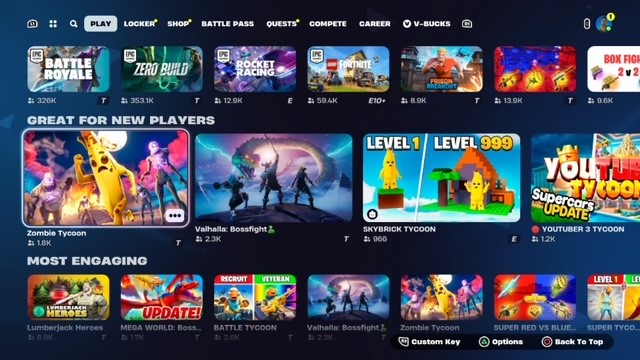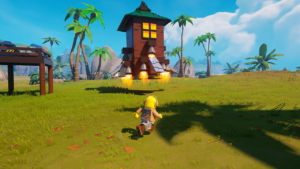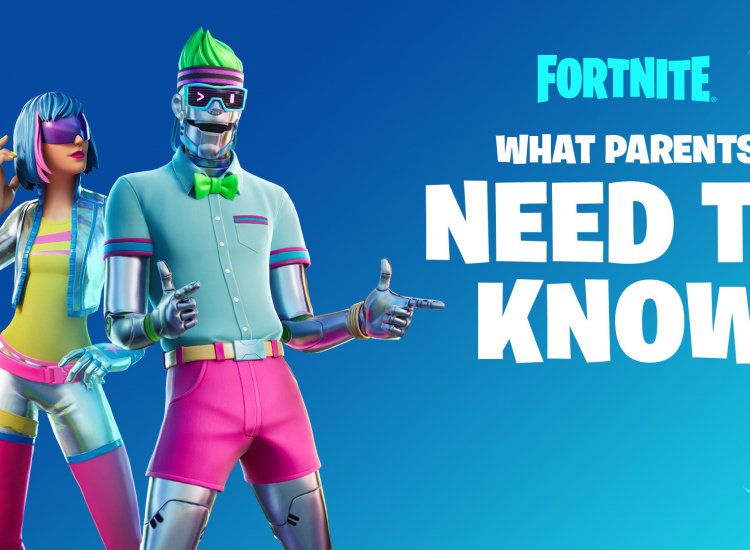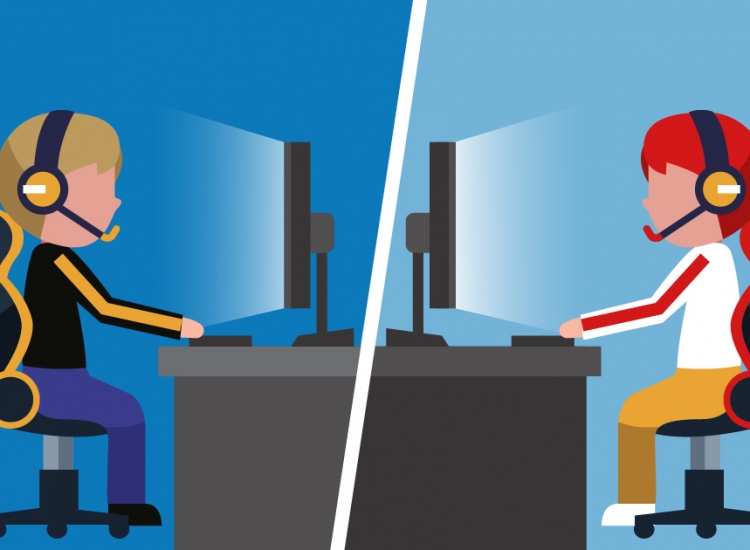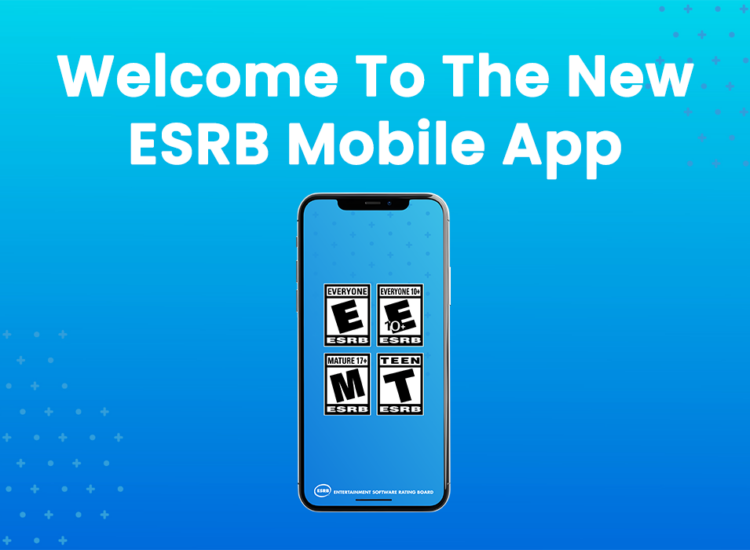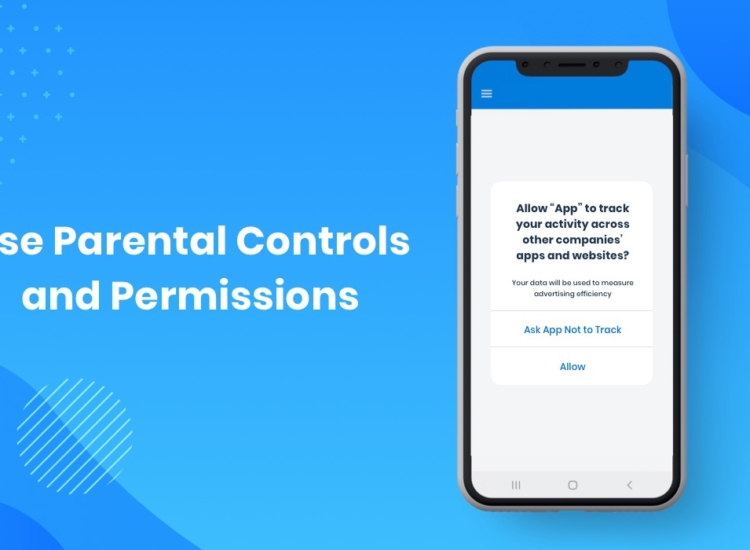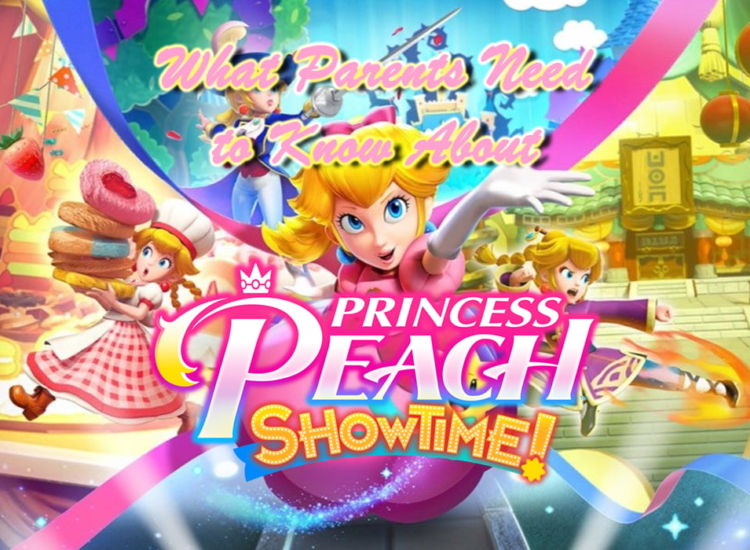A Parents’ Guide to Fortnite
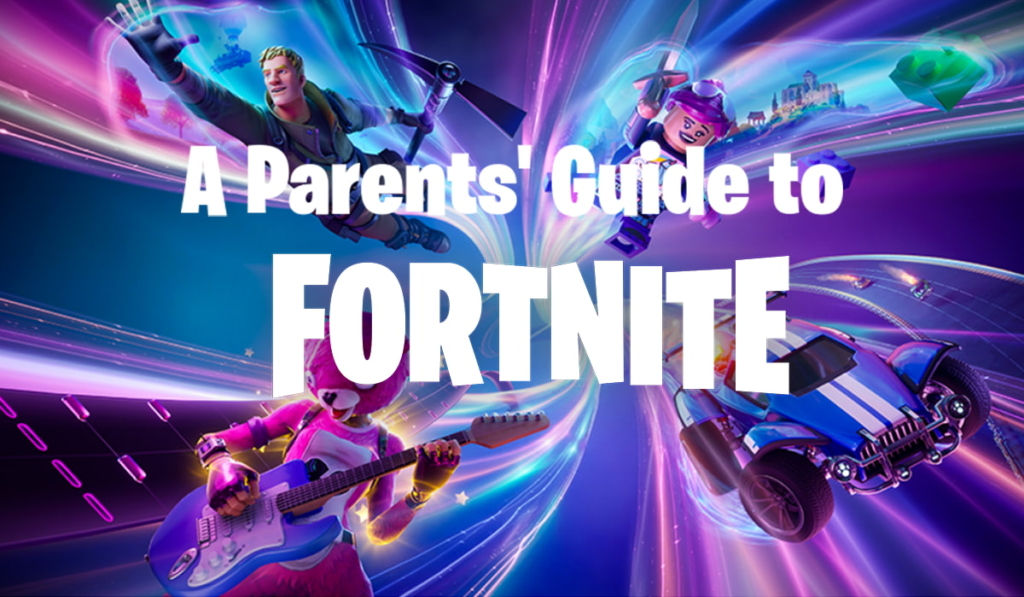
Many know Fortnite as the battle royale game that exploded in popularity in 2017. Since then, Fortnite’s developer, Epic Games, has turned the popular game into a multi-game ecosystem. Once you download Fortnite, you can choose between multiple games developed by Epic Games, as well as thousands of games built by Fortnite creators. This evolution has changed Fortnite from a game with a few different games to play, into a hub where players choose from thousands of diverse games and experiences—each with their own ratings—to play with friends.
But what does this mean for you and your family? Find out how this new era of Fortnite is different and what you can do to help make sure your kids have a safe and fun experience while exploring everything Fortnite has to offer.
New Games
Epic released three new games in December 2023 that can be played within Fortnite:
- LEGO Fortnite (Rated E10+) – LEGO Fortnite is a new survival crafting game from the long term partnership between Epic Games and The LEGO Group. In LEGO Fortnite, you explore vast, open worlds where the magic of LEGO building and Fortnite collide. Collect food and resources, craft items, build shelter, and battle enemies with up to seven friends.
- Rocket Racing (Rated E) – It’s possible that your kids may have played a game called Rocket League, which is (in its most basic form) soccer with cars. Only these cars can jump, boost, and fly to bash a gigantic ball into an even more gigantic net. Rocket Racing is developed by the same Epic-owned studio, Psyonix, behind Rocket League. Rocket Racing is an arcade racing game with the added mechanic of allowing players to “drift, fly, and boost” through tracks.
- Fortnite Festival (Rated T) – This new game is most easily compared to Guitar Hero or Rock Band, and with good reason since it’s developed by Harmonix (the Epic-owned studio that worked on both of those franchises in the past). This rhythm game allows players to play through popular songs using button prompts on their controller or keyboard. Users can either play solo by picking a track (guitar, bass, drums, or vocals), or get their own band together and play through a set online.
Of course, Fortnite Battle Royale and Fortnite Save the World are still a huge part of Fortnite. You can find out more about those in our first Fortnite blog here.
In fact, your kids can bring most of the outfits and cosmetics purchased or earned in Battle Royale into these other games (providing they’re playing on the same account). So if your kids have ever dreamed of playing in a band made up of Superman, Kylo Ren, Spider-Man, and Lara Croft they’re in luck!
In addition to games made by Epic, there are thousands of other games built by other Fortnite creators. These creators use Fortnite Creative or Unreal Editor for Fortnite (UEFN) to build their own experiences in Fortnite and make them available for the community to play. These can range from simple mini-games to more in-depth experiences based on the creator’s vision, so there’s always something new to explore. Each of these games is reviewed by Epic Games and receives an ESRB rating assignment before publication. This means that after an initial review by automated tools, a human moderator reviews each game to ensure that it is appropriate for Fortnite’s audience and abides by Epic’s content rules. Note that creators must be at least 18 years old to join the Fortnite Island Creator and Engagement Programs to publish islands and be eligible to receive engagement payouts.
Are The New Games Appropriate for Kids?
Fortnite is rated T for Teen and has a new Content Descriptor that means Fortnite offers access to a variety of content for people of all ages. The descriptor is: Diverse Content: Discretion Advised, which means the game, app, or platform in question offers access to a variety of content.
All of the games and experiences (aka “Islands”) available within Fortnite also have ESRB-assigned age and content ratings, ranging from E for Everyone to a maximum rating of T for Teen. You can find the rating information below each game. Epic Games does not allow any content higher than a Teen rating in Fortnite.
Some content may not be appropriate for all ages, but parents and guardians can use Fortnite’s Parental Controls to set age-rating restrictions to block their children from playing content above a certain rating. For example, if you want your child to play LEGO Fortnite, which is rated E10+, but not Battle Royale, which is rated Teen – you can set it up so that they can only play the games that are rated E10+ and E. Parents can also unlock individual experiences and add them to an unlocked content list.
Meanwhile, all the Fortnite games you and your family are familiar with such as Battle Royale and Save the World, as well as new ones and player-made games, have their own ESRB rating assignments.
How Much Do New Games Cost?
All of the games and experiences created within Fortnite – whether they’re made by Epic Games or by others – can be played for free. LEGO Fortnite, Rocket Racing, and Fortnite Festival are all playable for free, just like Battle Royale, but each offers some form of in-game purchases.
For example, in Fortnite you can purchase a ‘Battle Pass’ which lets players earn various rewards as they level up. The Battle Pass works with all of the games inside Fortnite so players can make progress regardless of which game they’re playing within Fortnite. That said, none of this is a requirement and your family can enjoy these games without spending any money.
Set up Parental Controls
Make sure you have a family conversation to establish some household rules about video game play and make sure everyone understands the expectations. Many parents also like to back up their household rules with parental controls which are available on virtually all game devices, as well as within your kids’ Epic accounts. Every device (including computers, video game consoles, mobile devices, etc.) allows parents to manage their kids’ friends lists. Some even let you create a curated list of friends to ensure that your kids aren’t talking with people they do not know. And visit ESRB’s parental controls guide page for step-by-step instructions to help you set them up.
On top of device-level settings, Epic allows parents to add additional controls on their child’s account to set up the experience that’s right for their family. Epic’s Parental Controls allow you to manage purchasing settings so you can prevent unauthorized payments, and you can also use
Fortnite players under the age of 18 are more protected from the start. For example, if a player indicates they’re under 18 years old, Fortnite voice chat defaults to “off.” If your child indicates they are under 13 years old, their account will automatically be classified as a “Cabined Account.” Cabined Accounts are essentially child accounts that allow younger players to play Fortnite, but they won’t be able to access certain features such as voice chat or real-money purchases until their parent provides consent. Since this kind of account is automatically set up for younger players based on the date of birth provided during account setup, this should be a reminder about why it’s important that your kids always enter their accurate age when signing up for a product or service!
If your child indicates they’re under 13 years old, they will be asked to provide a parent’s email address. Epic will then send an email to you letting you know about your child’s Epic account and provide you with the opportunity to provide permission to access certain features and set up parental controls that:
- Manage the games your kids can access in Fortnite based on ESRB ratings;
- Limit online chat (voice and/or text). You can choose to allow your child to speak with ‘Everybody,’ ‘Friends and Teammates,’ ‘Friends Only,’ or ‘Nobody;’
- Require a Parental Controls PIN to make purchases while using Epic Games payment;
- Require a Parental Controls PIN to send or accept Epic friend requests; and
- Track the amount of time your kids spend playing Fortnite every week
It’s important to speak to your child about the game’s safety features and why you are using Epic’s Parental Controls. You should also make sure they understand that Epic Games has clear Community Rules that apply to all users of Epic’s games including Fortnite, and online bullying is never acceptable. Epic encourages players to report anyone who is breaking the rules. Players can also submit audio evidence when they report other players for engaging in inappropriate behavior in voice chat. This helps Epic take action against players violating their Community Rules.
If your child indicates they are under 13 years old, their account will automatically be classified as a “Cabined Account.”
Stay Involved
Things can evolve quickly in the world of Fortnite, so it’s important to stay on top of everything that’s available to your kids. The best way to do this is simply to stay involved! While that’s obviously easier said than done, showing some interest and nurturing open lines of communication will make it easier. Check out ESRB’s Family Gaming Guide for simple tips and conversation starters to get the ball rolling.
And don’t forget: It never hurts to take a seat and share a Fortnite session with your kids! Doing so will keep those conversations going and help ensure that everyone has fun when playing games online.
